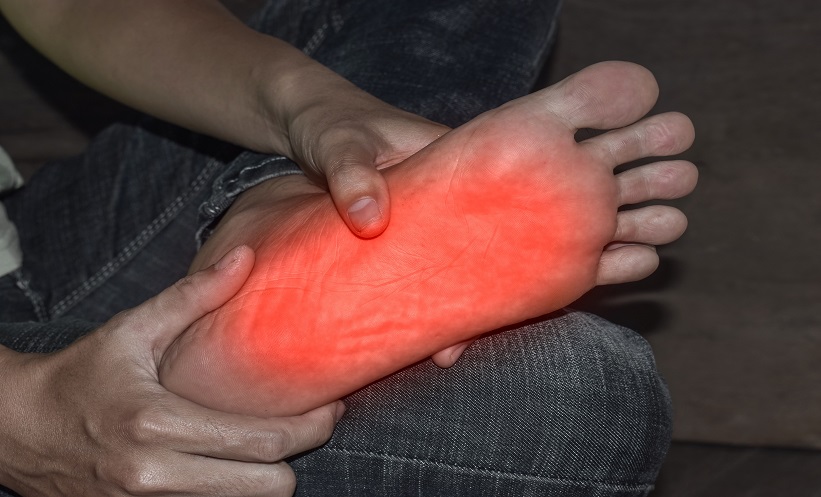INTRODUCTION
Previous studies have reported conflicting results regarding the association of IRS1 gene variation with Type 2 diabetes mellitus (T2DM) and insulin resistance in different ethnic groups.1-4 Here, we examined the association of single nucleotide polymorphisms rs7578326, rs2943641, and rs4675095 in the IRS1 gene with T2DM and related traits in a population from Bosnia and Herzegovina, which is among the European countries with the highest T2DM prevalence (12.3%).
MATERIALS AND METHODS
Our study involved 390 T2DM patients and 252 unrelated, nondiabetic control subjects. Biochemical parameters, including but not limited to, fasting glucose (FG), fasting insulin (FI), Homeostatic Model Assessment of Insulin Resistance (HOMA-IR), HbA1c, and lipid levels were measured in all participants. Genotyping analysis was performed by the Sequenom MassARRAY® iPLEX® platform (Agena Bioscience, Inc., San Diego, California, USA) in co-operation with Lund University Diabetes Centre, Lund University, Malmö, Sweden. In addition, we also performed a sensitivity analysis to identify the potential effects of IRS1 genetic variation on T2DM development and T2DM-related traits in a subgroup of untreated T2DM patients.
RESULTS
Our results demonstrated that after adjustment for BMI, age, and sex, rs7578326 and rs4675095 variants were positively associated with FG levels. The risk A allele of rs7578326 was also associated with higher HbA1c (B=0.034; 95% confidence interval [CI]: 0.003–0.065; pdom=0.035) and HOMA-IR levels (B=0.316; 95% CI: 0.026–0.607; prec=0.033) in non-treated T2DM patients. This is in line with a recent study showing that the rs7578326 risk A allele is associated with higher HOMA-IR and FI levels.5 Importantly, rs2943641 T allele carriers had lower HbA1c levels in non-treated T2DM patients (B=0.034; 95% CI: 0.006–0.062; prec=0.017), confirming recent results of a study performed in >12,000 American Hispanic or Latino participants, which found that risk C allele was associated with HbA1c, FI, HOMA-IR, TG, and high-density lipoprotein levels.6 Furthermore, risk C allele was associated with HOMA-IR (B=0.353; 95% CI: 0.095–0.611; prec=0.008), FI (B=0.350; 95% CI: 0.022–0.487; prec=0.033), and HbA1c levels (B=0.032; 95% CI: 0.002–0.065; pdom=0.040) in non-treated T2DM patients. In addition, our results demonstrated an association of the risk rs7578326/rs2943641 haplotype with FG levels and HOMA-IR, thus confirming the observed effects of rs7578326 and rs2943641 risk alleles individually on FG levels and IR. Interestingly, the effects of the IRS1 haplotype in the Bosnia and Herzegovina population on increased very low-density lipoprotein levels and waist circumference were also observed in control subjects. This is consistent with an adverse metabolic profile, including dyslipidaemia, which was recently reported to be associated with IRS1 genetic variation.5,6
CONCLUSION
We reported that IRS1 gene variants were significantly associated with insulin resistance markers, glucose, and HbA1c levels. Interestingly, rs7578326 and rs2943641 IRS1 variants located near to each other on the IRS1 gene showed relatively similar effects on HOMA-IR, glucose, and insulin levels, which was confirmed by haplotype analysis including these two single nucleotide polymorphisms. On the other hand, the rs4675095 variant was significantly associated with glucose levels in controls and lipid levels in diabetic patients. Thus, our findings confirmed that mutations in IRS1 gene would interfere with the function of the IRS1 protein encoded by this gene.







